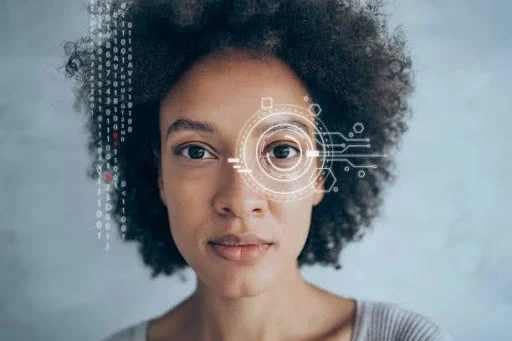Pros vs Cons of Face Authentication Systems – Where Do We Go From Here?

Face authentication or face verification has been digging its feet deeper and deeper into our digital lives over the past decade. What was once limited only to top-secret security buildings is now available in the palms of billions.
In such an age where the world keeps obsessing over comfort, automation, and speed, face authentication acts as a lifesaver or rather a dream come true. Today, thanks to face verification services, we don’t have to fumble for our keys or passwords. Just a quick glance, and you’re in.
From unlocking your phone to boarding a plane, face authentication technology promises seamless access and enhanced security. But is it all sunshine and rainbows? Let’s peel back the layers and unveil the complexities of face verification, its pros, cons, and vulnerabilities.
KYC Face Verification and Large-Scale Applications
Just about everyone knows how arduous airport checks can be. From document checks to body and luggage checking, the whole process can take ages.
However, face authentication offers a way to skip at least one of these steps wholly.
With face authentication, walking through airports becomes very simple as your face becomes your passport. Without a single document check, people can walk easily bypassing the extensive, lengthy identification procedures to access airport services quickly. Face authentication paints this alluring picture of a frictionless future, streamlining processes and saving precious time.
Businesses are also hopping onto the bandwagon, as they use face authentication for employee access control and customer identification.
Face authentication also carries several security applications and benefits. Border control authorities are increasingly setting up facial recognition to help in the identification of individuals and to verify their travel documents. This helps to improve border security and to prevent illegal crossings.
Face Verification for Personal Use
Today, everyone uses at least two personal connectivity/work devices i.e., a phone and a computer. Many people also carry an Apple watch or a smartwatch, or some other smart digital gadgets. With personal devices all around us, face unlock has become very common. It goes without saying that it can be exhausting to remember separate passwords for each device, and keeping the same password everywhere can be risky. Thus, face authentication acts as a simple password that you can never forget, misplace, or worry about getting stolen or guessed.
The convenience offered by face authentication is undeniable. This is especially in comparison to, as discussed, the frustration and mental gymnastics required for keeping separate passwords.
While there are several amazing benefits of face verification, there are also a handful of drawbacks, particularly when it comes to security vulnerabilities.
The Other Side of The Coin
While face authentication undeniably offers a great ease of use and comfort, there are some aspects related to its security concerns that cannot be ignored. For example, deepfakes which are eerily realistic but fake videos going around on the internet pose a major threat. There have been various instances of women’s faces being edited to create nude pornographic videos. One study found 96% of deepfake videos on the internet to be non-consensual pornography. While the act in itself is terrible, this number only adds to the terror.
Similarly, malicious actors can also use deepfakes of people’s faces to unlock their phones or to gain access to sensitive information about them.
Apart from deepfakes, the accuracy of deep learning facial recognition algorithms themselves is under scrutiny. Multiple studies show us that these algorithms show biases on the basis of race and gender. This raises concerns about discrimination.
To add on, the data that is collected by face verification services raises serious privacy concerns. For example, one major question that the public keeps bringing to the podium is “Who owns this data?”. Similarly, questions pertaining to data storage, security, and sale are also hot topics. Unfortunately, the answers to all these questions remain largely unknown and this creates fertile ground for misuse of the technology and erosion of individual privacy.
The Pros vs The Cons – What is The Right Choice?
There are pros and cons to everything, however, as we face this dilemma of convenience versus security, we feel the need for responsible software and policy development and deployment.
While users deserve transparency to understand how their faces are being used, developers also deserve the same transparency about what the face authentication systems they create will be used for. Here, strong regulatory frameworks become key. We need to prioritize transparency, user privacy, and ethical implementation. This is essential to hold the right people accountable if and ever need be.
Individuals deserve to have the right to refuse face authentication and to choose alternative methods.
Similarly, addressing algorithmic bias demands diverse datasets and stringent testing. Only through these refined research protocols can we ensure fairer performance of face authentication systems across different demographics.
Furthermore, we need to carry out continuous monitoring and mitigation strategies. This will help to eliminate discriminatory outcomes and illegal use and sale of face authentication services and data.
To Sum Up
Face identification offers immense potential in building a safe and secure world. It can help us to streamline processes and enhance security in almost all aspects of our lives. However, it is essential to understand that with face authentication we must be even more careful than other technologies. We need to tread cautiously and prioritize responsible development, while addressing ethical issues, and protecting individual data and privacy.
By going transparent and promoting open dialogue and collaboration, we can ensure that face authentication technology keeps working in the favour of humankind.



